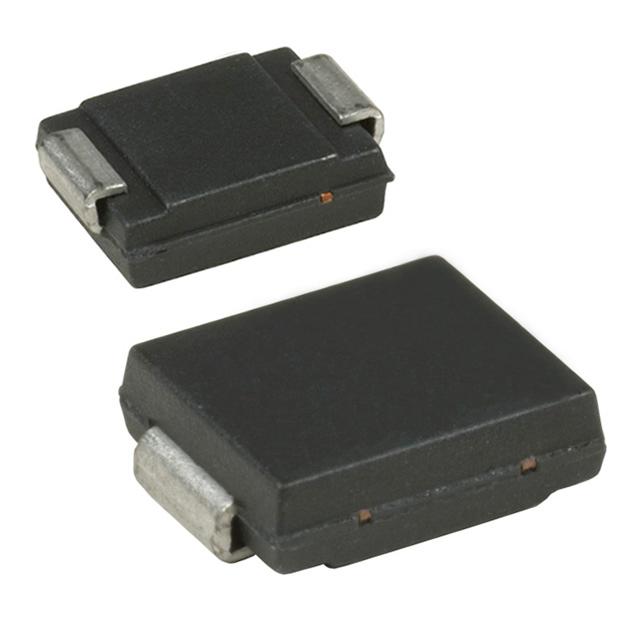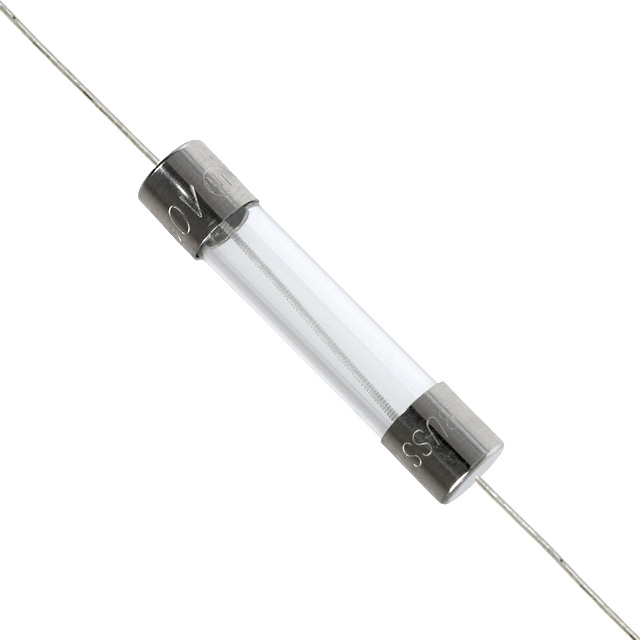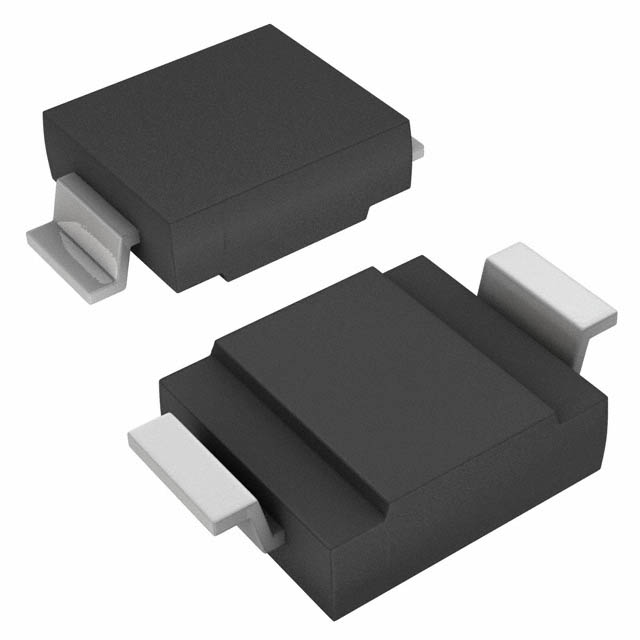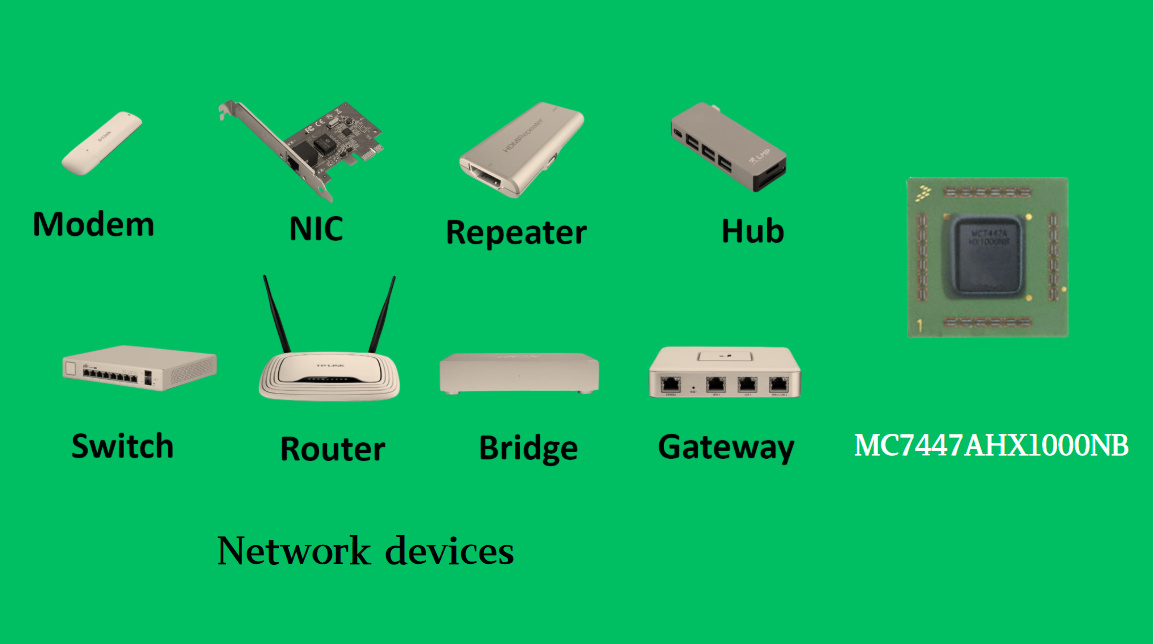

- RFQ
- BOM
-
Contact Us
Tel: +86-0755-83501315
Email: sales@sic-components.com
- Chinese
- English
- French
- German
- Portuguese
- Spanish
- Russian
- Japanese
- Korean
- Arabic
- Irish
- Greek
- Turkish
- Italian
- Danish
- Romanian
- Indonesian
- Czech
- Afrikaans
- Swedish
- Polish
- Basque
- Catalan
- Esperanto
- Hindi
- Lao
- Albanian
- Amharic
- Armenian
- Azerbaijani
- Belarusian
- Bengali
- Bosnian
- Bulgarian
- Cebuano
- Chichewa
- Corsican
- Croatian
- Dutch
- Estonian
- Filipino
- Finnish
- Frisian
- Galician
- Georgian
- Gujarati
- Haitian
- Hausa
- Hawaiian
- Hebrew
- Hmong
- Hungarian
- Icelandic
- Igbo
- Javanese
- Kannada
- Kazakh
- Khmer
- Kurdish
- Kyrgyz
- Latin
- Latvian
- Lithuanian
- Luxembou..
- Macedonian
- Malagasy
- Malay
- Malayalam
- Maltese
- Maori
- Marathi
- Mongolian
- Burmese
- Nepali
- Norwegian
- Pashto
- Persian
- Punjabi
- Serbian
- Sesotho
- Sinhala
- Slovak
- Slovenian
- Somali
- Samoan
- Scots Gaelic
- Shona
- Sindhi
- Sundanese
- Swahili
- Tajik
- Tamil
- Telugu
- Thai
- Ukrainian
- Urdu
- Uzbek
- Vietnamese
- Welsh
- Xhosa
- Yiddish
- Yoruba
- Zulu
- Kinyarwanda
- Tatar
- Oriya
- Turkmen
- Uyghur
Bridge Circuit Amplifier: Principles, Design, and Applications
In the field of electronic engineering, the Bridge Circuit Amplifier is a precision measurement system that combines a bridge sensor structure with an amplification circuit. It is widely used in the detection of physical quantities such as strain, pressure, and temperature. Its core value lies in achieving high-precision capture and processing of weak physical signals through the differential structure of the bridge circuit and the signal enhancement capability of the amplifier.
The Synergistic Principle of Bridge Circuits and Amplifiers
The operational basis of a bridge circuit amplifier is the combination of a Wheatstone Bridge and an operational amplifier. The Wheatstone Bridge consists of four resistor arms, among which one or more are sensitive elements (such as strain gauges, thermistors). When the measured physical quantity changes, the resistance value of the sensitive element undergoes a slight change, causing the bridge to lose balance and output a small differential voltage. At this point, the role of the amplifier is to amplify this weak signal (usually at the millivolt or even microvolt level) to a measurable or processable level (such as the volt level) while suppressing common-mode interference.
Operational amplifiers in bridge circuits mainly play the role of differential amplification. Their high input impedance can avoid affecting the balance state of the bridge, and their high common-mode rejection ratio (CMRR) can effectively filter out environmental noise (such as power supply fluctuations, electromagnetic interference). By reasonably designing the amplification factor, the system can not only capture small signal changes but also avoid distortion due to overload.
Core Design Elements of Bridge Circuit Amplifiers
Circuit Topology
Common bridge circuit amplifiers are divided into three configurations: single-arm, half-bridge, and full-bridge. The single-arm bridge has only one arm as a sensitive element, with a simple structure but low sensitivity; the half-bridge uses two sensitive elements (such as strain gauges subjected to tensile stress and compressive stress respectively), with improved sensitivity and enhanced temperature compensation capability; the full-bridge has all four arms as sensitive elements, with the highest sensitivity and best linearity, making it the first choice for high-precision measurement.
Amplifier Parameter Selection
The selection of operational amplifiers needs to focus on: input offset voltage (affecting zero drift), input bias current (avoiding interference with bridge balance), bandwidth (matching the frequency range of the measured signal), and power supply voltage (ensuring the output dynamic range). For example, in low-frequency strain measurement, a precision operational amplifier with low offset voltage (such as OP07) can be selected; in dynamic signal detection (such as vibration measurement), bandwidth and slew rate should be prioritized.
Compensation and Calibration Circuits
Due to the nonlinearity of sensitive elements, temperature drift, and errors of circuit components, bridge circuit amplifiers need to be equipped with compensation circuits. Temperature compensation is usually achieved by connecting resistors with matched temperature coefficients in series or parallel in the bridge; zero calibration can use an adjustable resistor network to offset the initial unbalanced voltage; linear compensation corrects the nonlinear error of the system by introducing a feedback network.
Application Scenarios and Practical Cases
Industrial Measurement Field
In pressure sensors, full-bridge circuit amplifiers convert the resistance change of strain gauges into voltage signals, which are used for pressure monitoring of hydraulic systems and pressure vessels. For example, the fuel pressure sensor of an automobile engine converts pressure changes into a 0-5V standard signal through a bridge amplifier and inputs it to the ECU for precise control.
Medical Equipment Field
In electrocardiogram (ECG) monitoring, bridge circuit amplifiers are used to extract the electrical signals of the human heart. Since ECG signals are weak (about 0.5-5mV) and susceptible to power frequency interference (50Hz), a differential amplifier with high common-mode rejection ratio (such as the instrumentation amplifier INA128) combined with a filter circuit is required to achieve clear and stable signal acquisition.
Consumer Electronics Field
The electronic scale is a typical application of bridge circuit amplifiers. The strain gauge inside it deforms when bearing weight, the bridge outputs a differential voltage, which is amplified by the amplifier to drive the A/D converter, and finally, the weight is calculated and displayed by the microcontroller. In such applications, the amplifier needs to balance low cost and sufficient accuracy (usually an integrated instrumentation amplifier such as AD620 is selected).
Popular Amplifier Models for Bridge Circuit Applications
Selecting the right amplifier is critical to the performance of bridge circuit systems. Here are several popular models widely used in bridge circuit amplifiers, tailored to different application requirements:
TI INA128 https://www.sic-components.com/product/search?search=INA128UA
A high-precision instrumentation amplifier with a CMRR of 120dB (min) at 60Hz, making it ideal for suppressing common-mode noise in bridge circuits.
Features low input offset voltage (50μV max) and low input bias current (1.0nA max), ensuring minimal interference with bridge balance.
Widely used in medical devices (e.g., ECG monitors) and strain gauge measurements where precision is paramount.
ADI AD620 https://www.sic-components.com/product/search?search=AD620ARZ
A low-cost, high-performance instrumentation amplifier with a fixed gain of 1000 (adjustable via external resistors), suitable for consumer electronics like electronic scales.
Offers 90dB CMRR and low power consumption (1.3mA max supply current), balancing accuracy and cost-effectiveness.
Its compact DIP-8 package simplifies integration into space-constrained bridge circuit designs.
TI OP07 https://www.sic-components.com/product/search?search=OP07CDR
A classic precision operational amplifier with ultra-low input offset voltage (25μV max) and low drift (0.6μV/°C), perfect for low-frequency bridge applications (e.g., static pressure sensing).
High open-loop gain (110dB) ensures stable amplification of weak bridge signals (μV to mV range).
Often used in industrial calibration systems and temperature-compensated bridge circuits.
ADI AD8221 https://www.sic-components.com/product/search?search=AD8221AR
A modern instrumentation amplifier with rail-to-rail output, suitable for battery-powered bridge systems (3V to 36V supply).
Boasts 100dB CMRR and 0.1μV/°C drift, making it ideal for high-stability measurements in harsh environments (e.g., automotive pressure sensors).
Integrated EMI filters enhance robustness against electromagnetic interference.
TI INA326 https://www.sic-components.com/product/search?search=INA326EA
A micro-power instrumentation amplifier (150μA supply current) designed for low-power applications like wearable sensors.
Supports single-supply operation (2.7V to 5.5V) and offers 86dB CMRR, balancing low power consumption with signal integrity.
Ideal for portable bridge circuits where battery life is critical.
Technical Challenges and Optimization Directions
Although bridge circuit amplifiers have mature performance, they still face challenges in practical applications: changes in ambient temperature will cause resistance drift of sensitive elements, which need to be further optimized through software algorithms (such as digital filtering, temperature compensation models); in high-frequency signal measurement, lead capacitance may cause phase shift, requiring the use of shielded wires and impedance matching design; in miniaturized devices (such as wearable sensors), low power consumption becomes crucial, requiring the selection of micro-power operational amplifiers (such as TI's INA326) and optimization of the power supply scheme.
In the future, with the development of MEMS technology and integrated circuits, bridge circuit amplifiers are evolving towards a system-on-chip (SoC) direction, integrating sensors, amplifiers, A/D converters, and calibration circuits into a single chip to achieve higher integration, lower power consumption, and stronger anti-interference ability, providing more accurate and reliable sensing solutions for the Internet of Things, intelligent manufacturing, and other fields.
As a bridge connecting the physical world and electronic systems, the quality of the design of bridge circuit amplifiers directly determines the accuracy and stability of the measurement system. Understanding its principles and selecting appropriate amplifiers (such as the models listed above) are core capabilities for engineers to realize high-precision sensing applications.
https://www.sic-components.com/amplifiers

Hot Products
View MoreRelated Blogs

2000+
Daily average RFQ Volume

30,000,000
Standard Product Unit

2800+
Worldwide Manufacturers

15,000 m2
In-stock Warehouse


















 Wishlist (0 Items)
Wishlist (0 Items)